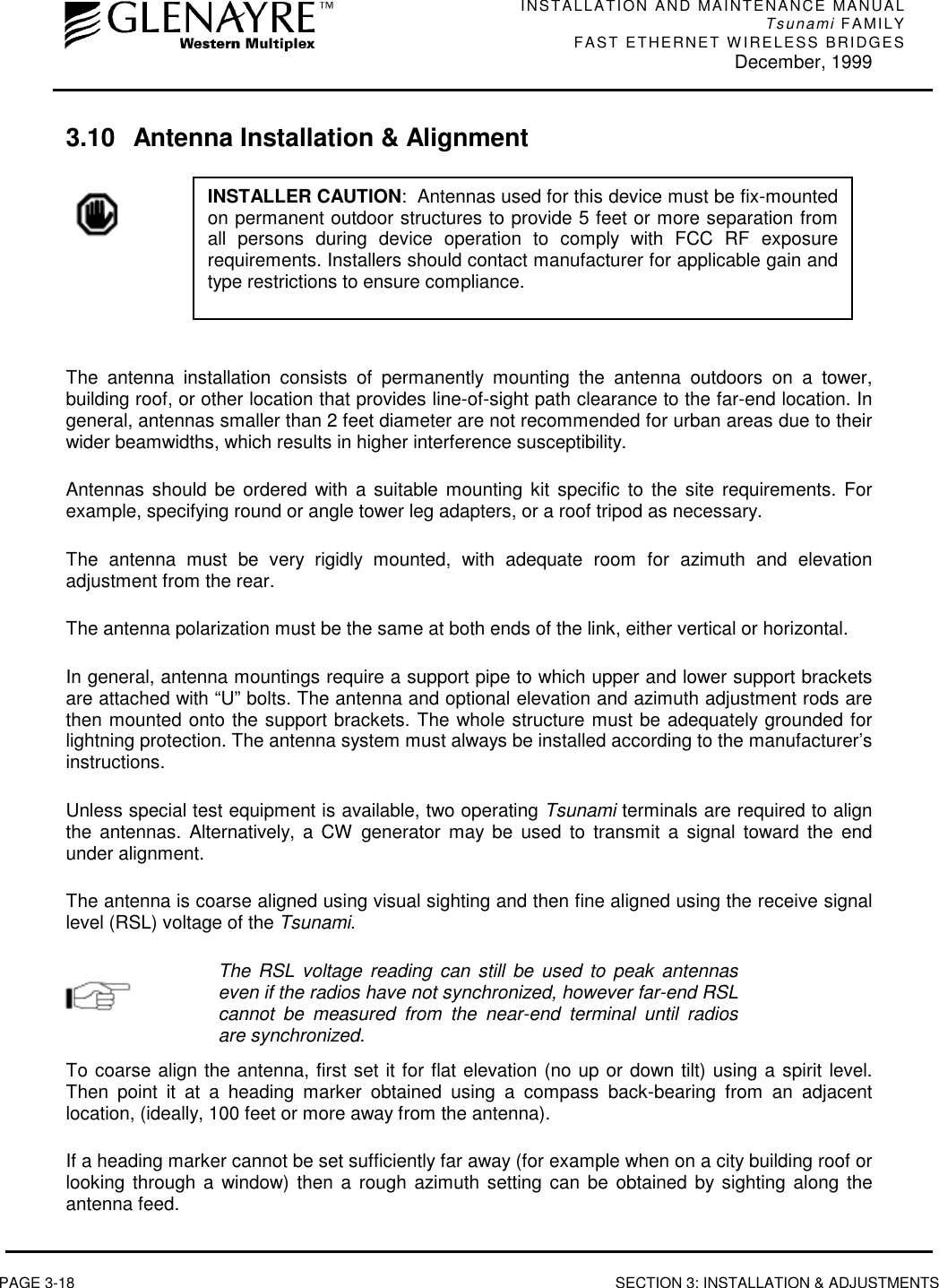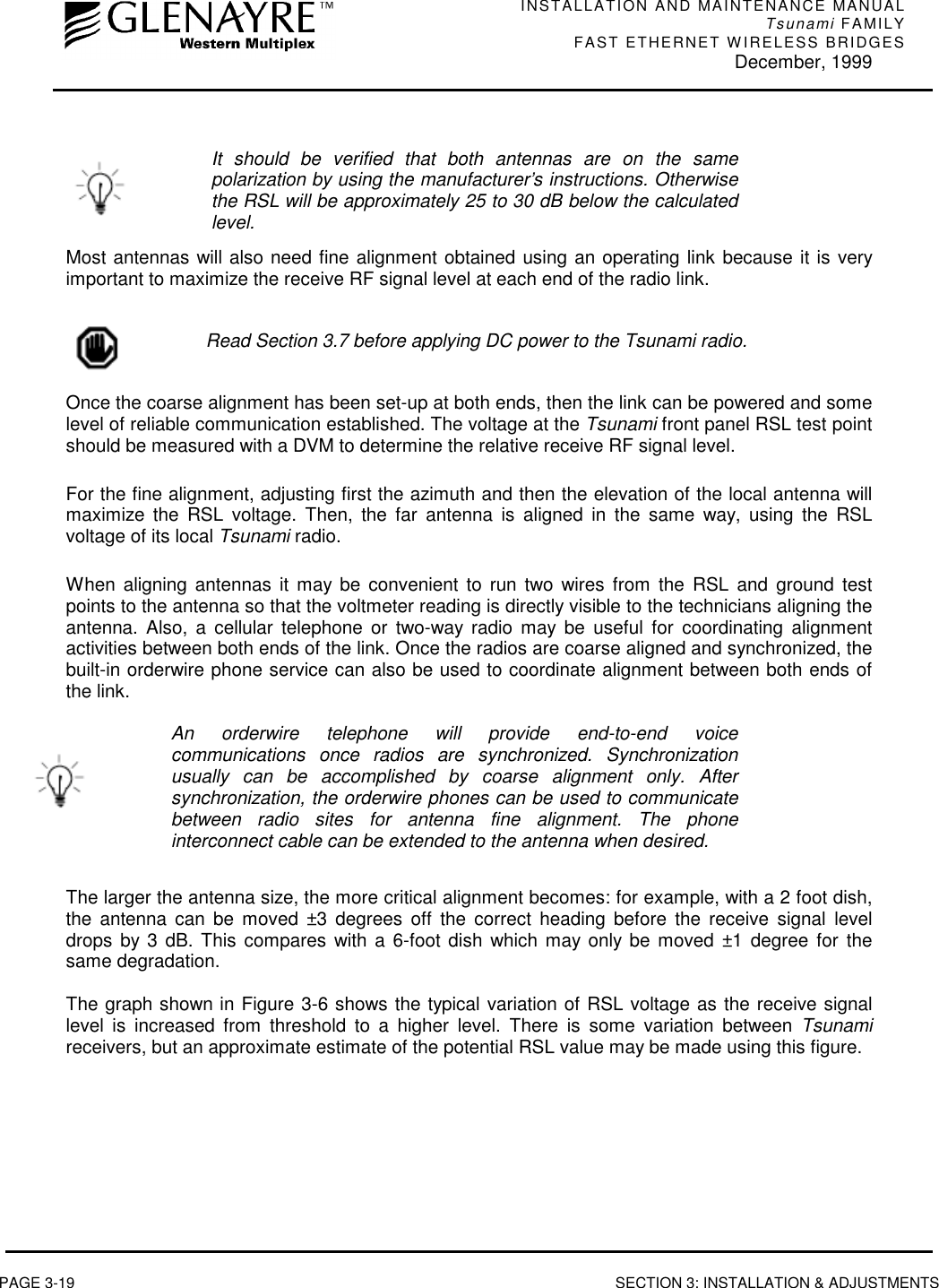Proxim Wireless U58-45 User Manual Modified page regarding RF exposure warning
Proxim Wireless Corporation Modified page regarding RF exposure warning
Contents
- 1. Users manual
- 2. Updated Installation and Maintenance Manual
- 3. Modified page regarding RF exposure warning
- 4. Modified page
Modified page regarding RF exposure warning

